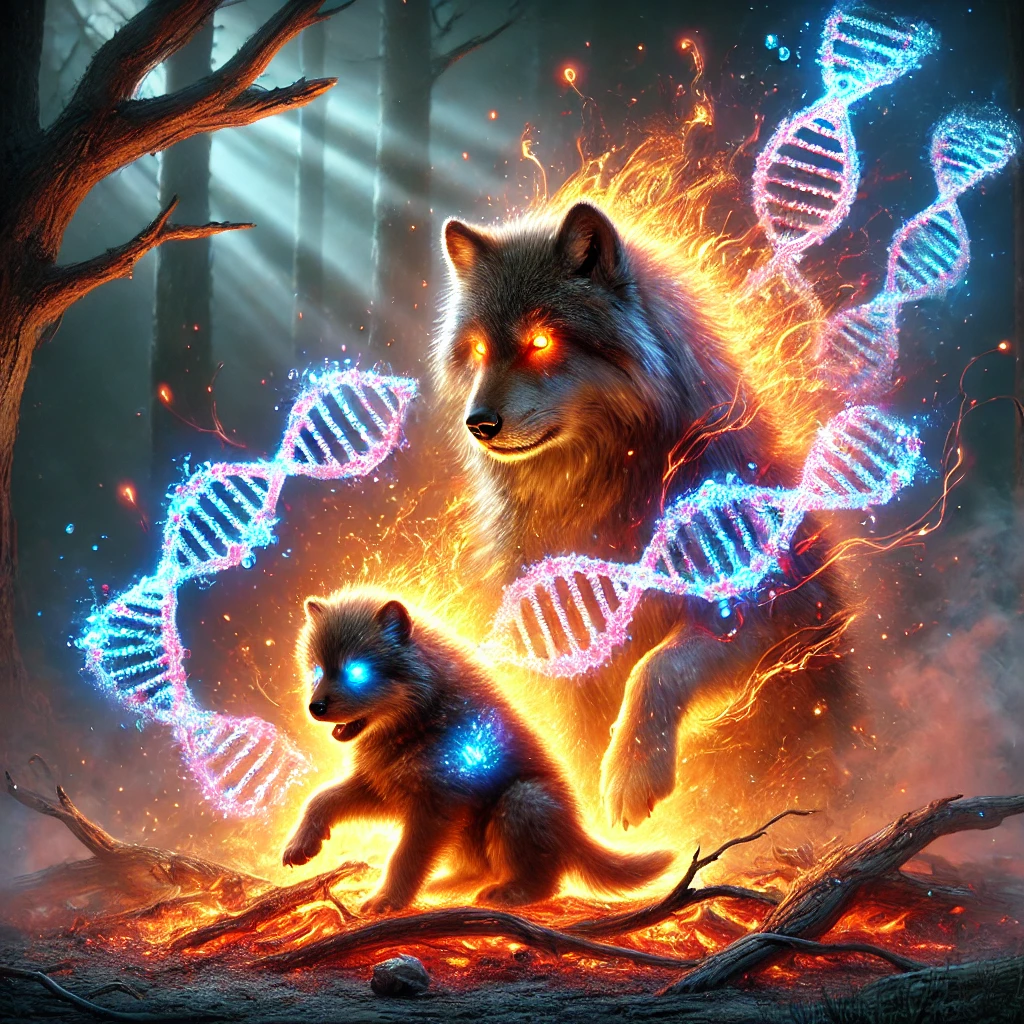
One of the most stunning recent stories in biotechnology is the birth of two dire wolf cubs by a surrogate gray wolf mother. The dire wolf, a large canine species extinct for approximately 11,000 years, became world-famous after its portrayal in HBO’s Game of Thrones. Genetically, the cubs are still gray wolves, as only 20 targeted genetic changes were introduced into the embryo’s genome. Yet this was sufficient to recreate the phenotype of the long-lost species in the modern world. The feat was accomplished by Colossal Biosciences, a high-flying and well-funded biotech company co-founded by George Church, a renowned Harvard geneticist.

The resurrection of the dire wolf is a remarkable breakthrough in reproductive science and technology. Colossal’s scientists advanced and applied several novel computational and wet-lab techniques, including deep ancient DNA sequencing, polyphyletic trait analysis, multiplex germline editing, stem cell programming, and cloning. In doing so, they outperformed a competing international academic team of 50 scientists with access to far more samples.
Both teams started with highly degraded DNA from individual dire wolves preserved in the hot tar of the La Brea Tar Pits (Los Angeles). The Galapagos team had only two samples with usable DNA, compared to 46 samples available to the academic project. Yet the Colossal team managed to recover approximately 25% of the genome, compared to less than 0.1% by the academic group, thanks to superior DNA alignment algorithms.
Armed with a partial genetic blueprint, the team then edited the gray wolf’s genome using CRISPR-based technology at 20 loci within 14 carefully selected genes. The most critical gene was LCORL (Ligand-dependent Nuclear Receptor Corepressor-Like), which encodes a prolific transcription factor with more than 1,200 binding sites across the wolf genome. The targeted genes collectively influence key traits, including the large body size and stature characteristic of dire wolves. Remarkably, just 20 changes were sufficient to reproduce the dire wolf phenotype, as understood from fossil records, bone morphology, and ancient DNA analysis.
Colossal’s team then used stem cell reprogramming and a laser-assisted somatic cell nuclear transfer technique to create viable embryos, which were incubated in an artificial womb and implanted into a surrogate gray wolf.
Colossal’s broader pipeline includes the resurrection of the woolly mammoth and the dodo bird—both long extinct due to human overhunting. They have also developed a method to clone living animals from blood cells, rather than tissues—a non-invasive approach now used in the red wolf conservation program (with only 20 individuals remaining in the wild), and in efforts for several other species. This conservation strategy is especially urgent, as it is predicted that 50% of all species may be lost by 2050.
One notable application of this approach is the planned resurrection of the recently extinct Northern White Rhino. The last male died in 2014, but his blood and tissue samples were cryopreserved. Scientists have since reprogrammed the cells into induced pluripotent stem cells (iPSCs), created gametes, and generated embryos, which are now being implanted into Southern White Rhino surrogates. As of now, 20 viable embryos are frozen, and live births are expected in 2026.
Colossal has explicitly limited its work to animal species. However, the technological pipeline they have created—CRISPR-based multi-gene editing, somatic cell transfer, cloning, embryo implantation, and cryopreservation—could be readily adapted for human cloning and trait enhancement. These techniques have already been applied in various contexts in reproductive medicine, disease therapy, and research. Today, it is not technological limitations but rather ethical boundaries and legal restrictions that prevent the application of this pipeline to human eugenics.